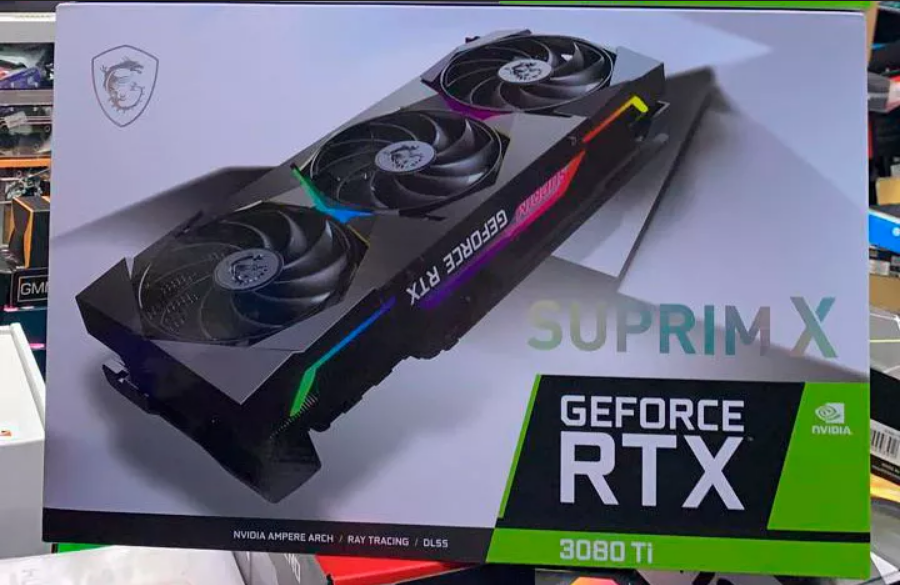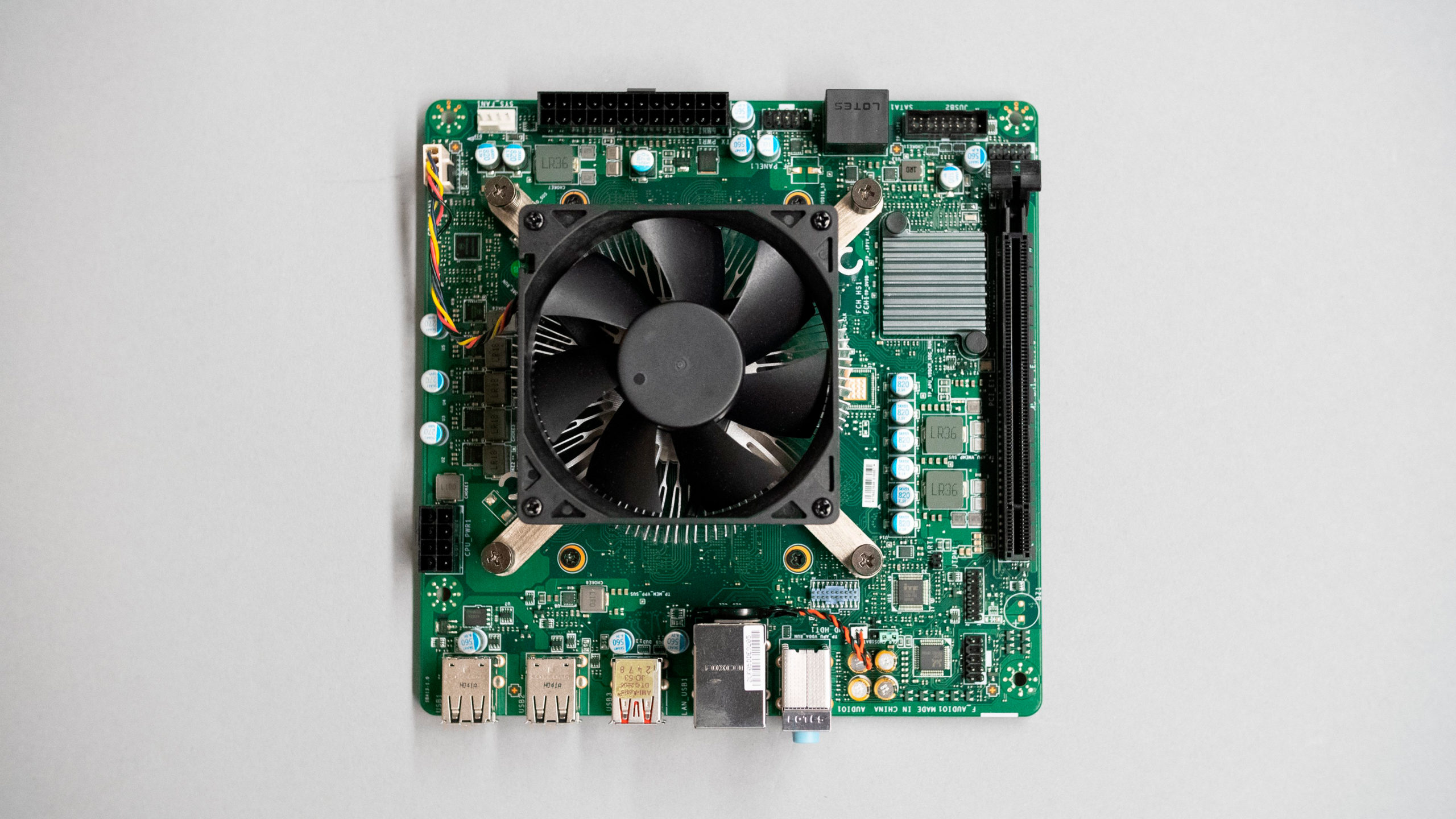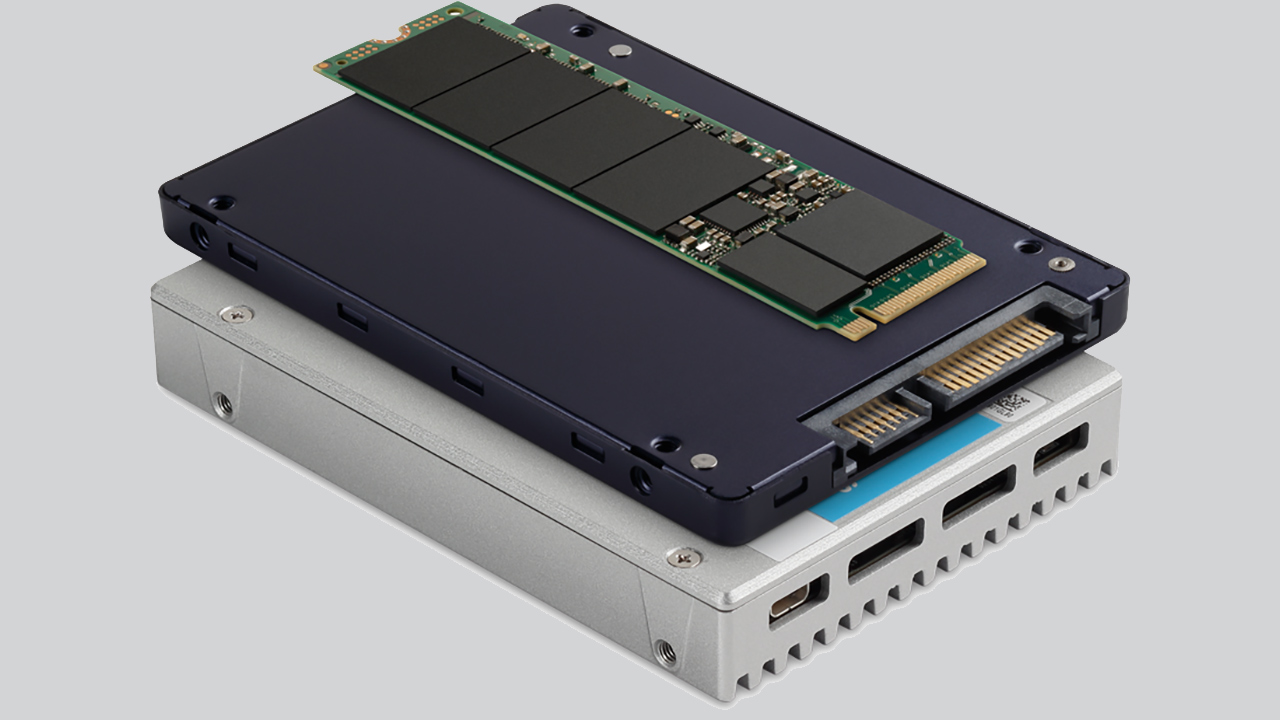According to a Reuters report, a group of four U.S. senators might unveil their $52-billion microelectronics industry backing proposal on Friday or early next week. The chip industry support plan is set to include funding of R&D and production and the establishment of national programs. The $52 billion five-year plan pales in comparison to South Korea’s intention to support its semiconductor industry with $450 billion over the next 10 years. Still, the real question is if we can compare the plans directly.
$52 Billion U.S. Semiconductor Bill
Various companies in the U.S. design the vast majority of chips used globally, yet only 12% of semiconductors are produced on American soil. The microelectronics industry funding bill is designed to at least partially change that and bring more chip production back to the USA.
The U.S. semiconductor industry funding law is developed by senators Mark Kelly, John Cornyn, Mark Warner, and Tom Cotton. According to a draft document seen by Reuters, the plan is expected to include $39 billion in production and R&D incentives and $10.5 billion to implement various national programs over a five-year period. Among the government-supported R&D initiatives are the National Semiconductor Technology Center and National Advanced Packaging Manufacturing Program.
The chip industry supporting bill will be a part of a bigger $110 billion effort to fund U.S. technology research in a bid to better compete with China. The same bill is also set to include semiconductor requirements of this year’s National Defense Authorization Act, which will obviously somewhat help the American microelectronics industry, too.
“There is an urgent need for our economic and national security to provide funding to swiftly implement these critical programs,” the summary of the bill seen by Reuters reportedly reads. “The Chinese Communist Party is aggressively investing over $150 billion in semiconductor manufacturing so they can control this key technology.”
Typically, when a semiconductor company builds a fab in the U.S. and Europe, it gets incentives from federal and local governments. As a result, expect states to provide incentives to companies like Intel, so in the end, these chipmakers will get considerably more than $39 billion. Yet, even when federal and state chip funding initiatives are combined, the total sum will be considerably lower than South Korea’s planned spending on its microelectronics industry.
$450 Billion South Korean Chip Plan
Earlier this week South Korea unveiled an intention to support its local chip industry with $450 billion over the next 10 years.
Historically, automotive and chemical/petrochemical products were South Korea’s main export items. Today, semiconductor sales account for around 14.6% of Korea’s exports and represent the largest exports category. Furthermore, since chips enable the vast majority of today’s products, from mice to TVs and from smartphones to vehicles, the importance of the semiconductor industry is hard to overestimate, especially for South Korea.
There is a catch, though. Samsung and SK Hynix — Korea’s largest chip companies — mostly export commodity DRAM and 3D NAND memory chips, not advanced logic chips, like CPUs and SoCs. Samsung, of course, has leading-edge process technologies, yet it produces chips developed by others and in different parts of the world. In fact, there aren’t many designers of sophisticated processors in South Korea – even parts of Samsung’s Exynos SoCs are designed in the USA.
The multifaceted $450 billion plan is set to change this. In a bid to revamp its domestic semiconductor industry, South Korea intends to help train 36,000 engineers between 2022 and 2031 and contribute $133 billion (1.5 trillion won) to semiconductor R&D programs. Furthermore, the country will help chip designers, manufacturers, and suppliers with tax breaks, lower interest rates, eased regulations, and strengthened infrastructure (which includes ensuring adequate water and power supply for chip makers), reports Bloomberg. South Korea has already gained endorsements from ASML and LAM Research that announced plans to expand their presence in the country.
In general, South Korea wants to build a vertically integrated semiconductor industry that will include leading-edge R&D operations, the development of world-class processors, and the production of chips using the most advanced fabrication technologies.
Different Goals
While the U.S. and South Korean semiconductor industry supporting plans are both unveiled in May and are aimed at the same industry, they are designed for different purposes, and to that end should not be compared directly as they pursue different goals.
American companies like AMD and Nvidia are focused on developing advanced logic chips that they can sell for thousands of U.S. dollars per unit and earn great margins. Some other U.S.-based companies like Apple and Tesla design chips so they could add unique capabilities to their products, such as smartphones, PCs, and automobiles. Manufacturing in the USA is something that these companies might prefer, yet their business efforts are focused on the development of products (which includes hardware and software) that they actually sell, not on the production of microelectronics.
For the U.S. as a country, manufacturing advanced semiconductors at home makes a lot of sense both from commercial and national security points of view. The USA already has the world’s leading developers of CPUs, GPUs, SoCs, and process technologies. Hence, the $52 billion bill is mostly designed to support domestic manufacturing, perhaps not the most lucrative (yet crucially important) portion of the global semiconductor supply chain. Considering that companies like TSMC and Samsung spend around $30 billion a year on capital expenditures (i.e., building new fabs and upgrading existing ones), $39 billion planned to help U.S. chip production over a five-year period is not much, though.
South Korea is the world’s leading producer of commodity memory chips. In contrast, it is not known for leading-edge microprocessors and system-on-chips. Refocusing the industry from commodities to premium products requires investments in education, the attraction of foreign companies and talent, and stimulating local chip designers, all while helping Samsung and SK Hynix to remain the world’s leading makers of memory and logic chips.
South Korea’s plan is much more ambitious and much more complex than the one U.S. senators are about to announce, which is why it costs a lot more money.
There are two big questions here. Can the U.S. remain on top of the global semiconductor supply chain now that other countries are pouring in hundreds of billions in their microelectronics industries? Can South Korea buy its way into the major league with money? Only time will tell.













